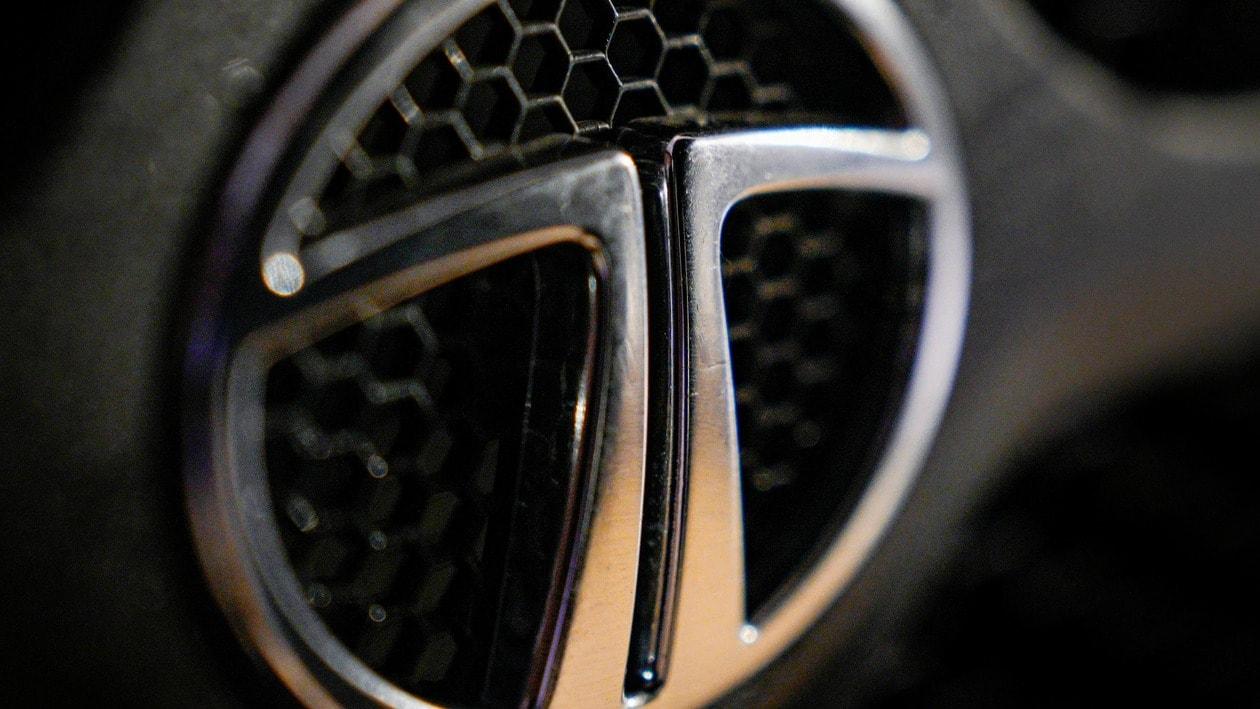Tata Motors DVR shares climbed nearly 18 percent to hit their fresh 52-week high of ₹440 on the BSE in early deals on Wednesday after the company announced its decision to convert them into ordinary shares.
On Tuesday, Tata Motors, while announcing its earnings, said that the company will issue seven fully paid-up new ordinary shares with a face value of ₹2 for every 10 'A' ordinary shares with a face value of ₹2. The primary objective behind this move is to streamline the capital structure and bring uniformity in voting and economic rights for shareholders.
Tata Motors 'A' ordinary shares are listed on Indian stock exchanges under the name of Tata Motors DVR (Differential Voting Rights).
What are DVR shares?
DVR shares are designed to give shareholders a way to invest in a company's equity while having different voting power compared to regular equity shares.
DVR shares usually have lower voting rights compared to regular equity shares, allowing the promoters or founders to retain majority control over the company even if they hold a smaller portion of the overall equity.
The first DVR shares were issued by Tata Motors in 2008 at a 10% discount to ordinary shares. They carried lower voting rights (1/10th) but higher dividends (by 5%).
How are DVR shares different from ordinary shares?
DVR shares and ordinary shares mainly have two key differences.
First, as mentioned earlier, they usually offer lower voting rights compared to ordinary shares, which means they allow companies to raise money in the market without diluting effective control.
Second, these shareholders are compensated with dividend premium, ideally of 10-20 percent, for lower voting rights.
DVR shares are attractive for small and retail investors as they usually do not participate in the voting process and getting higher dividends in place of voting rights makes sense for them. The higher dividends make DVR even more appealing in terms of dividend yields. In 2009, for instance, the Tata Motors DVR had a dividend yield of 4.5 percent.
Why are DVR shares not popular in India?
DVR shares did not appeal to shareholders in India, with one of the reasons being the dividend disadvantage. In the case of Tata Motors, the dividend advantage was just 5 percent, which effectively implies that if an ordinary shareholder is paid ₹20, the DVR holder will get ₹21 as dividend. Most investors would not find this as a good enough deal to give up their voting rights.
Further, SEBI in 2009 disallowed companies from creating new classes of shares with differential rights, affecting the market for new issuances. Existing ‘A’ ordinary shares were allowed to continue.
